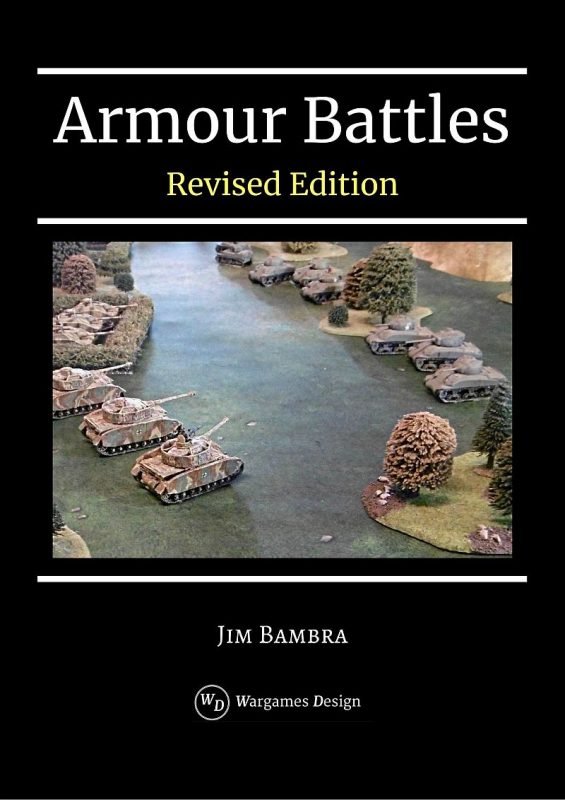 As my starting point, I took an Italian Wars game I was working on. It used Command Dice to issue orders to Condottieri captains who led Command Groups of 3–6 units. Each Command Group was activated using a Command Dice. Once activated, units could move, fire and melee or they could be rallied.
As my starting point, I took an Italian Wars game I was working on. It used Command Dice to issue orders to Condottieri captains who led Command Groups of 3–6 units. Each Command Group was activated using a Command Dice. Once activated, units could move, fire and melee or they could be rallied.

Each turn, the number of Command Dice was generated using a deck of cards numbered 2–6. If a Spade or Club was turned it was my turn. If a Heart or Diamond was turned, it was my opponent’s turn. A Joker caused a reshuffle of the deck. I added two black kings and two red kings to the deck for off-table artillery: when a king was turned the artillery would fire. The Command Dice were rolled. Any 1s were discarded. Any 6s were usable as Wild Dice (a dice of your choice or used to add combat bonuses). A single Command Dice ordered a Command Group to move once. A pair of the same number (e.g. 4, 4) ordered a Command Group to move twice; with a triple number (4, 4, 4) it could be ordered to move three times.
 Morale checks were built into the combat mechanics. If your opponent hit you for six (rolled 6s) and you didn’t roll an equal or greater number of 6s with your Reaction Dice, your unit was disordered and pushed back. Disordered units suffered combat modifiers, and couldn’t be ordered as part of a Command Group. For World War Two, I added Staff Orders; staff officers are responsible for calling artillery and smoke missions, and issuing orders. Staff Orders could be restocked at the cost of two Command Dice per Staff Order.
Morale checks were built into the combat mechanics. If your opponent hit you for six (rolled 6s) and you didn’t roll an equal or greater number of 6s with your Reaction Dice, your unit was disordered and pushed back. Disordered units suffered combat modifiers, and couldn’t be ordered as part of a Command Group. For World War Two, I added Staff Orders; staff officers are responsible for calling artillery and smoke missions, and issuing orders. Staff Orders could be restocked at the cost of two Command Dice per Staff Order.



